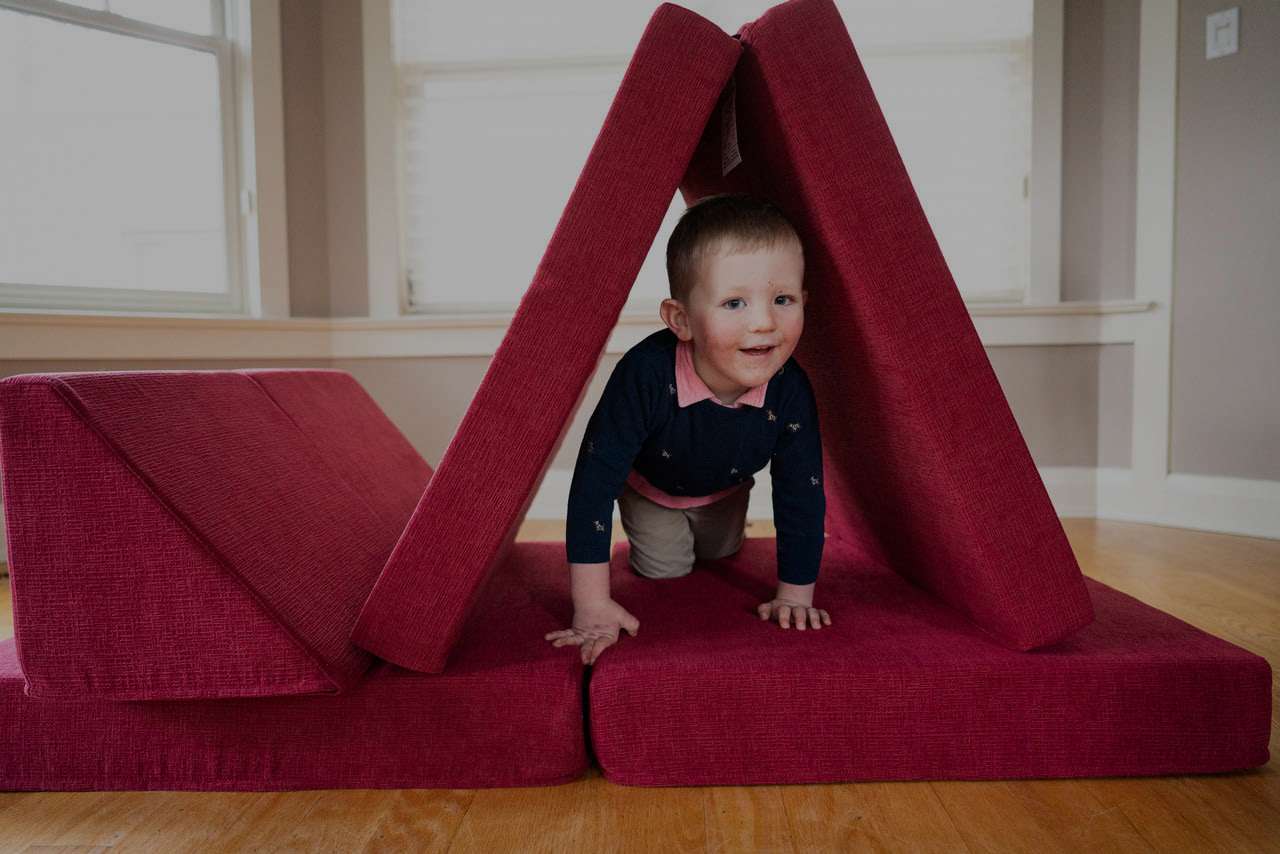Where did the separation policy come from?
Extensive TWINS Magazine research into the academic foundations of separation rules failed to uncover studies or citations supporting separation of multiples in school. In fact, we found no empirical research documenting the experiences of multiples in school, separated or together, or the experiences of educators dealing with multiples together in a classroom.
Educators surmise that separation policies often stem from widely held assumptions about early childhood development in the 1960s when experts stressed the importance of the individual. Overly zealous educators likely extended the thinking to include all twins, regardless of situation or individual needs.
Educators today are quick to point out that these assumptions have changed dramatically in recent years, especially since 1985 when the birth rate of multiples began to soar.
How to plea for togetherness
The best argument for keeping multiples together in school is fairly straightforward: Separating multiples in kindergarten sometimes introduces an element of stress into their lives that makes early education experiences so unhappy they cannot learn and achieve the way parents believe they should.
Fortunately, many school administrators and teachers today are quite willing to listen to individual families and make their decisions on a case-by-case basis. Yet not all educators seem quite ready to toss out the rules that have been in place for many years.
TWINS Magazine advocates keeping twins together in the early years and publishes two special reports for parents who face separation issues in the classroom: “A Guide for Parents Who Want Their Twins to Share a Classroom” and “Separate Classrooms or Together?” These reports can help you build a successful case for keeping your multiples together in a classroom.
Thriving in a common classroom
- Make sure the teacher views your children as individuals, not a unit
- Check in with their teacher frequently.
- Help your multiples’ teacher to tell them apart without relying on artificial means, such as seat assignments or nametags. Give the teacher a few clues, such as “Sally has freckles on her left ear.” Encourage your multiples to dress differently. If one always wears blue, let the teacher know that. Or cut their hair differently—if they agree.
- At the same time, gently point out to their teacher that your twins shouldn’t be compared and labeled to differentiate them. (“Mary’s the shy one.”)
- Expect the teacher to place your twins in separate study groups and promote friendships with others in the class.






